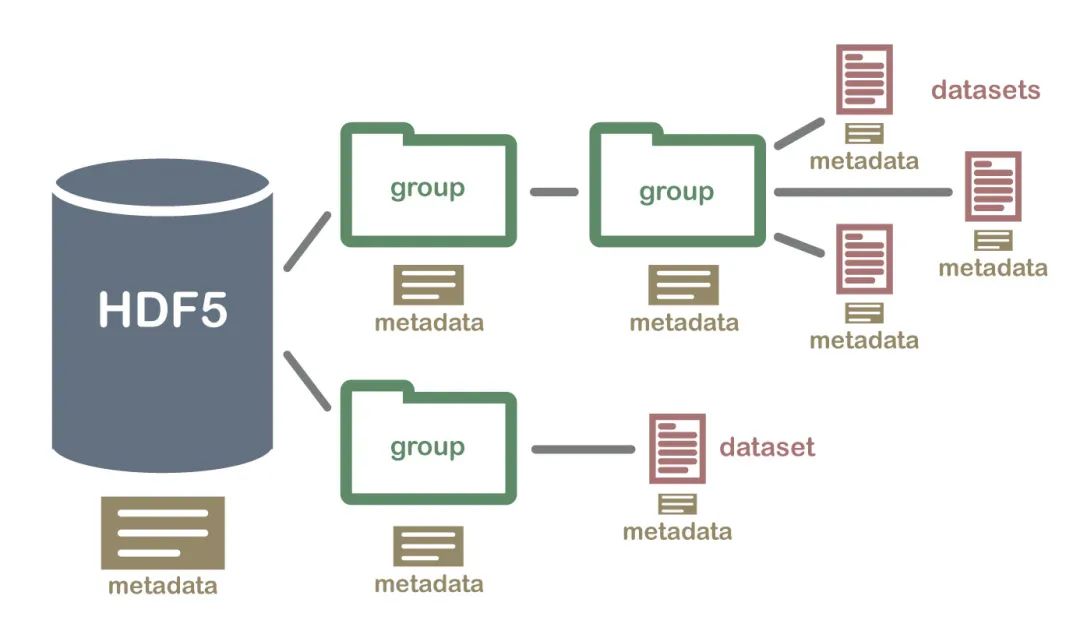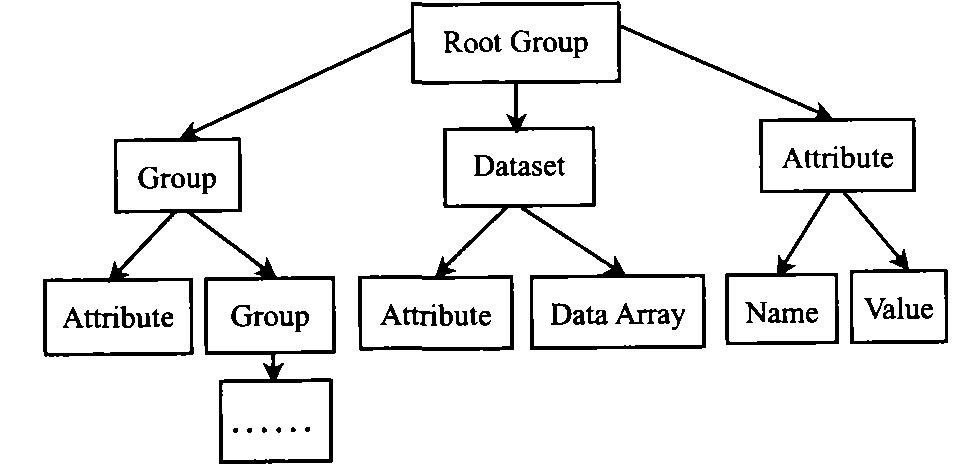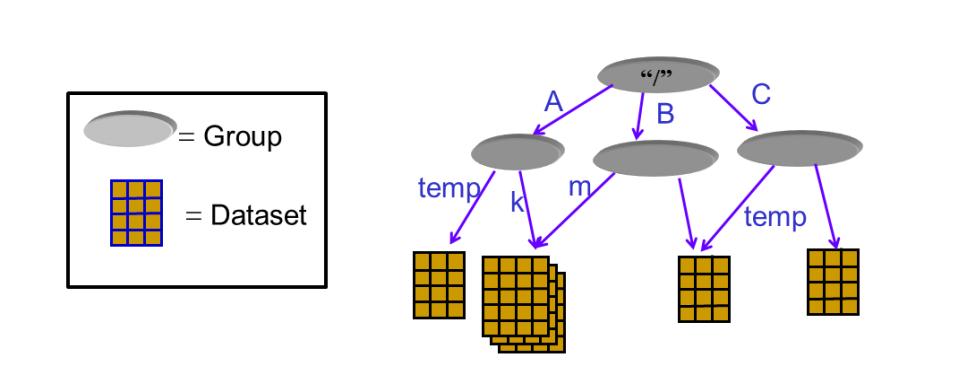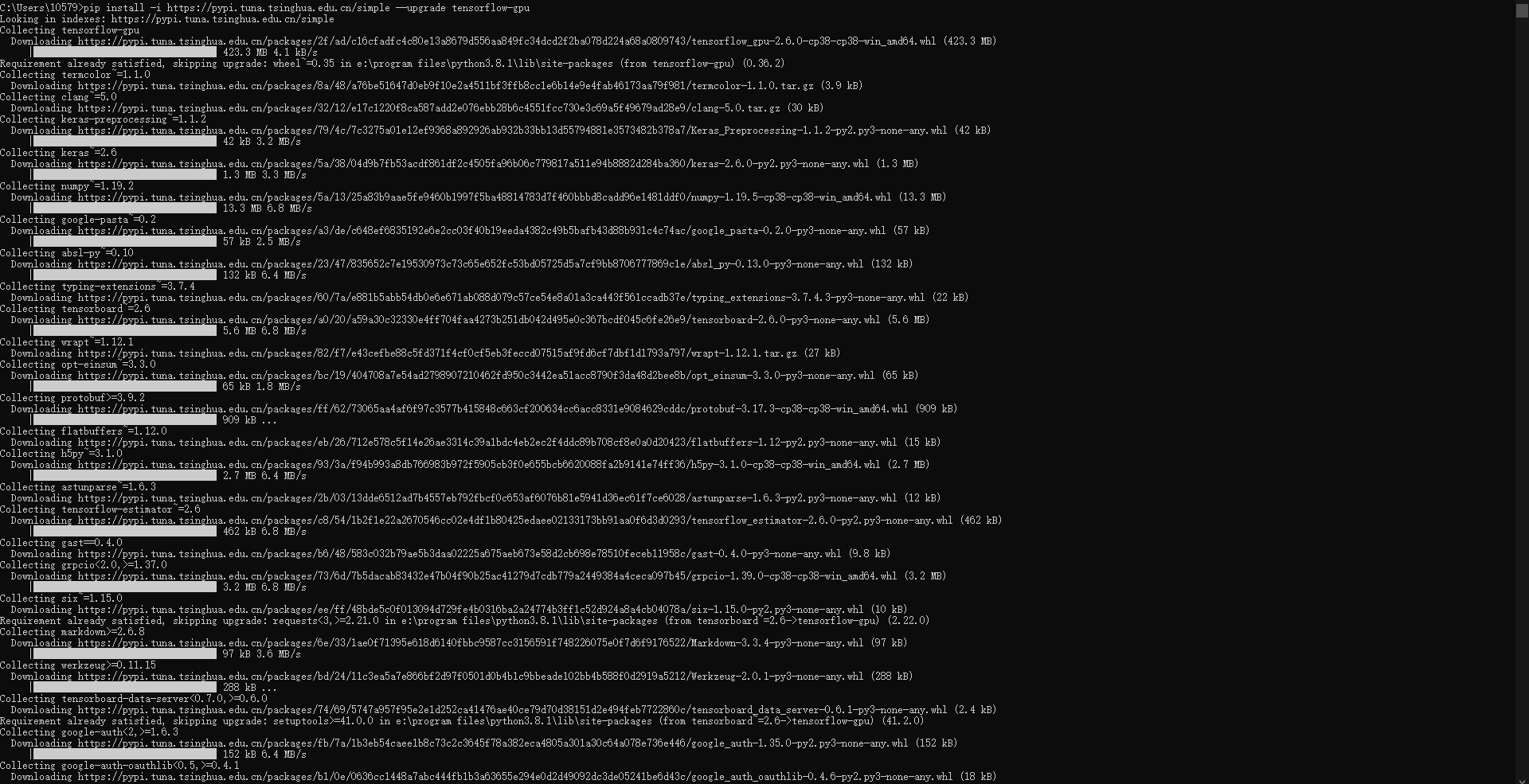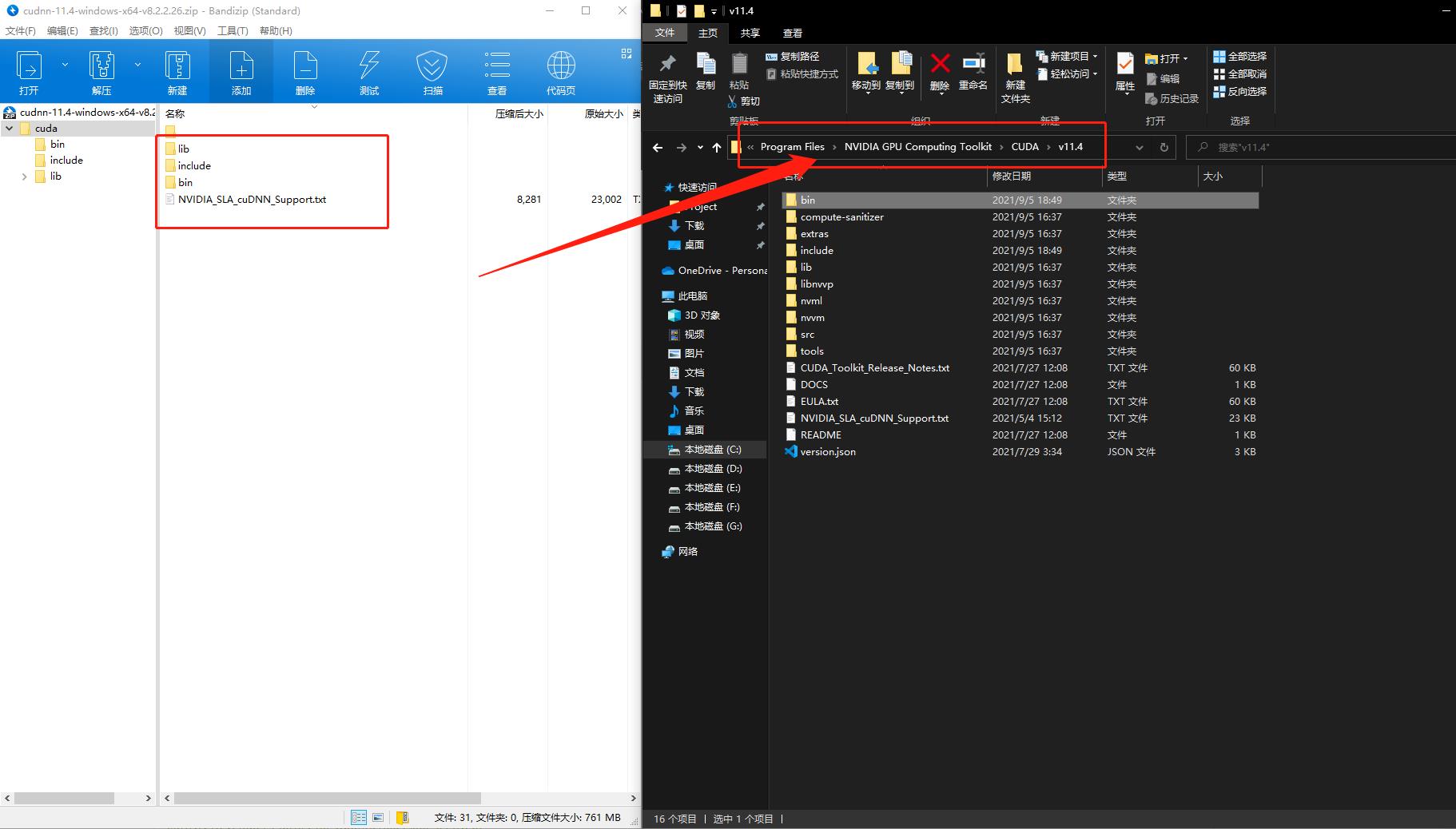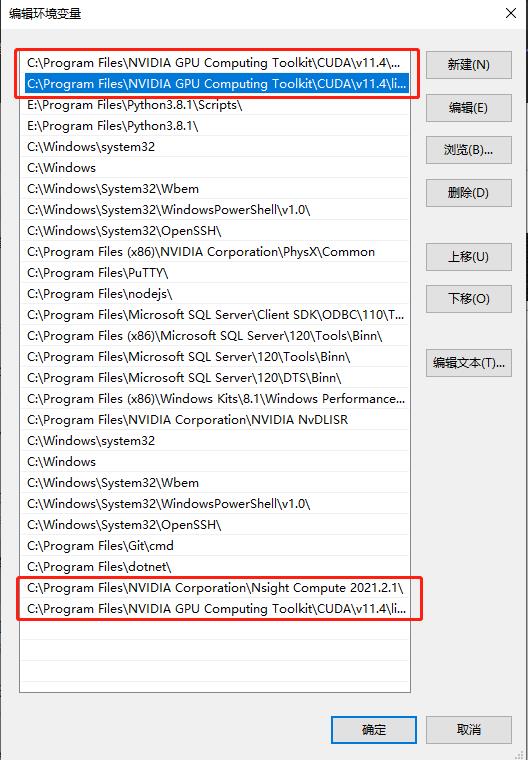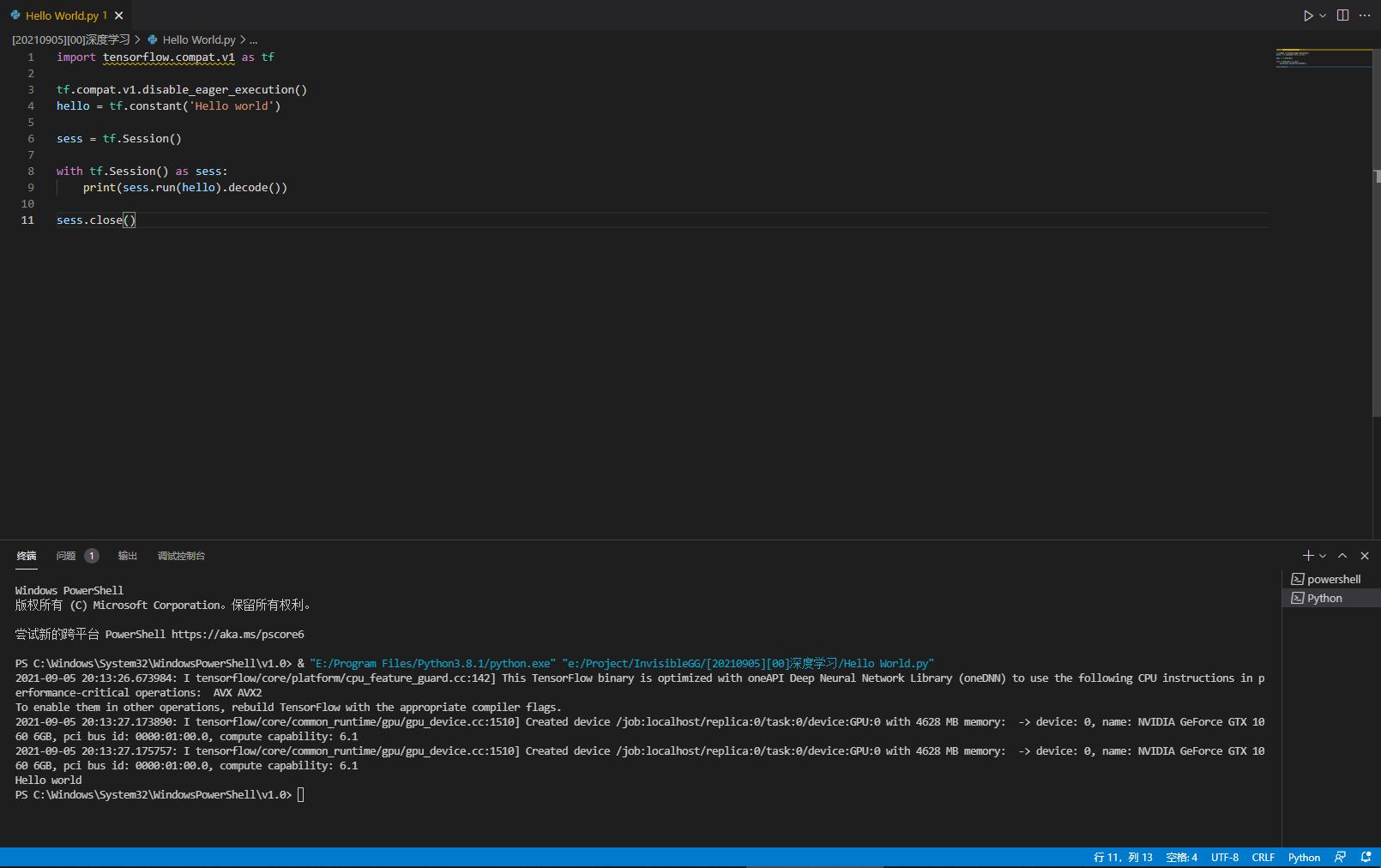引入Eigen
#include <Eigen/Dense>
using namespace Eigen;
定义变量
矩阵
| 方式 | 说明 |
|---|
| Matrix<double, 2, 3> M; | 定义M为2行3列(2x3)矩阵 |
| Matrix3d M; 或 Matrix<double, 3, 3> M; | 定义M为3行3列(3x3)矩阵 |
| MatrixXi M; 或 Matrix<int, Dynamic, Dynamic> M; | 定义M为动态int矩阵 |
| MatrixXf M; | 定义M为动态float矩阵 |
| MatrixXd M; | 定义M为动态double矩阵 |
向量
| 方式 | 说明 |
|---|
| Vector3d V; | 定义M为3行向量(默认列)(3x1矩阵) |
| RowVector3d V; | 定义V为3列向量(一行)(1x3矩阵) |
运算
| 运算符 | matlab表达方式 | Eigen表达方式 | 说明 |
|---|
| + | C=A+B | M3 = M1.array() + M2.array() | 矩阵相加 |
| - | C=A-B | M3 = M1.array() - M2.array() | 矩阵相减 |
| * | C=A*B | M3 = M1.array() * M2.array() | 矩阵相乘 |
| / | C=A/B | M3 = M1.array() / M2.array() | 矩阵相除 |
特殊运算
向量左除: A = [2,4,6] B = [1,2,3] A\B = A.ldlt().solve(B)
向量右除:A = [2,4,6] B = [1,2,3] A/B = SUM(A.*B)/SUM(B^2) = 2
// A simple quickref for Eigen. Add anything that's missing.
// Main author: Keir Mierle
include <Eigen/Dense>
Matrix<double, 3, 3> A; // Fixed rows and cols. Same as Matrix3d.
Matrix<double, 3, Dynamic> B; // Fixed rows, dynamic cols.
Matrix<double, Dynamic, Dynamic> C; // Full dynamic. Same as MatrixXd.
Matrix<double, 3, 3, RowMajor> E; // Row major; default is column-major.
Matrix3f P, Q, R; // 3x3 float matrix.
Vector3f x, y, z; // 3x1 float matrix.
RowVector3f a, b, c; // 1x3 float matrix.
VectorXd v; // Dynamic column vector of doubles
double s;
// Basic usage
// Eigen // Matlab // comments
x.size() // length(x) // vector size
C.rows() // size(C,1) // number of rows
C.cols() // size(C,2) // number of columns
x(i) // x(i+1) // Matlab is 1-based
C(i,j) // C(i+1,j+1) //
A.resize(4, 4); // Runtime error if assertions are on.
B.resize(4, 9); // Runtime error if assertions are on.
A.resize(3, 3); // Ok; size didn't change.
B.resize(3, 9); // Ok; only dynamic cols changed.
A << 1, 2, 3, // Initialize A. The elements can also be
4, 5, 6, // matrices, which are stacked along cols
7, 8, 9; // and then the rows are stacked.
B << A, A, A; // B is three horizontally stacked A's.
A.fill(10); // Fill A with all 10's.
// Eigen // Matlab
MatrixXd::Identity(rows,cols) // eye(rows,cols)
C.setIdentity(rows,cols) // C = eye(rows,cols)
MatrixXd::Zero(rows,cols) // zeros(rows,cols)
C.setZero(rows,cols) // C = zeros(rows,cols)
MatrixXd::Ones(rows,cols) // ones(rows,cols)
C.setOnes(rows,cols) // C = ones(rows,cols)
MatrixXd::Random(rows,cols) // rand(rows,cols)*2-1 // MatrixXd::Random returns uniform random numbers in (-1, 1).
C.setRandom(rows,cols) // C = rand(rows,cols)*2-1
VectorXd::LinSpaced(size,low,high) // linspace(low,high,size)'
v.setLinSpaced(size,low,high) // v = linspace(low,high,size)'
VectorXi::LinSpaced(((hi-low)/step)+1, // low:step:hi
low,low+step*(size-1)) //
// Matrix slicing and blocks. All expressions listed here are read/write.
// Templated size versions are faster. Note that Matlab is 1-based (a size N
// vector is x(1)...x(N)).
//
/ PLEASE HELP US IMPROVING THIS SECTION /
/ Eigen 3.4 supports a much improved API for sub-matrices, including, /
/ slicing and indexing from arrays: /
/ http://eigen.tuxfamily.org/dox-devel/group__TutorialSlicingIndexing.html /
//
// Eigen // Matlab
x.head(n) // x(1:n)
x.head<n>() // x(1:n)
x.tail(n) // x(end - n + 1: end)
x.tail<n>() // x(end - n + 1: end)
x.segment(i, n) // x(i+1 : i+n)
x.segment<n>(i) // x(i+1 : i+n)
P.block(i, j, rows, cols) // P(i+1 : i+rows, j+1 : j+cols)
P.block<rows, cols>(i, j) // P(i+1 : i+rows, j+1 : j+cols)
P.row(i) // P(i+1, :)
P.col(j) // P(:, j+1)
P.leftCols<cols>() // P(:, 1:cols)
P.leftCols(cols) // P(:, 1:cols)
P.middleCols<cols>(j) // P(:, j+1:j+cols)
P.middleCols(j, cols) // P(:, j+1:j+cols)
P.rightCols<cols>() // P(:, end-cols+1:end)
P.rightCols(cols) // P(:, end-cols+1:end)
P.topRows<rows>() // P(1:rows, :)
P.topRows(rows) // P(1:rows, :)
P.middleRows<rows>(i) // P(i+1:i+rows, :)
P.middleRows(i, rows) // P(i+1:i+rows, :)
P.bottomRows<rows>() // P(end-rows+1:end, :)
P.bottomRows(rows) // P(end-rows+1:end, :)
P.topLeftCorner(rows, cols) // P(1:rows, 1:cols)
P.topRightCorner(rows, cols) // P(1:rows, end-cols+1:end)
P.bottomLeftCorner(rows, cols) // P(end-rows+1:end, 1:cols)
P.bottomRightCorner(rows, cols) // P(end-rows+1:end, end-cols+1:end)
P.topLeftCorner<rows,cols>() // P(1:rows, 1:cols)
P.topRightCorner<rows,cols>() // P(1:rows, end-cols+1:end)
P.bottomLeftCorner<rows,cols>() // P(end-rows+1:end, 1:cols)
P.bottomRightCorner<rows,cols>() // P(end-rows+1:end, end-cols+1:end)
// Of particular note is Eigen's swap function which is highly optimized.
// Eigen // Matlab
R.row(i) = P.col(j); // R(i, :) = P(:, j)
R.col(j1).swap(mat1.col(j2)); // R(:, [j1 j2]) = R(:, [j2, j1])
// Views, transpose, etc;
//
/ PLEASE HELP US IMPROVING THIS SECTION /
/ Eigen 3.4 supports a new API for reshaping: /
/ http://eigen.tuxfamily.org/dox-devel/group__TutorialReshape.html /
//
// Eigen // Matlab
R.adjoint() // R'
R.transpose() // R.' or conj(R') // Read-write
R.diagonal() // diag(R) // Read-write
x.asDiagonal() // diag(x)
R.transpose().colwise().reverse() // rot90(R) // Read-write
R.rowwise().reverse() // fliplr(R)
R.colwise().reverse() // flipud(R)
R.replicate(i,j) // repmat(P,i,j)
// All the same as Matlab, but matlab doesn't have *= style operators.
// Matrix-vector. Matrix-matrix. Matrix-scalar.
y = Mx; R = PQ; R = P*s;
a = bM; R = P - Q; R = sP;
a *= M; R = P + Q; R = P/s;
R *= Q; R = s*P;
R += Q; R *= s;
R -= Q; R /= s;
// Vectorized operations on each element independently
// Eigen // Matlab
R = P.cwiseProduct(Q); // R = P .* Q
R = P.array() s.array(); // R = P . s
R = P.cwiseQuotient(Q); // R = P ./ Q
R = P.array() / Q.array(); // R = P ./ Q
R = P.array() + s.array(); // R = P + s
R = P.array() - s.array(); // R = P - s
R.array() += s; // R = R + s
R.array() -= s; // R = R - s
R.array() < Q.array(); // R < Q
R.array() <= Q.array(); // R <= Q
R.cwiseInverse(); // 1 ./ P
R.array().inverse(); // 1 ./ P
R.array().sin() // sin(P)
R.array().cos() // cos(P)
R.array().pow(s) // P .^ s
R.array().square() // P .^ 2
R.array().cube() // P .^ 3
R.cwiseSqrt() // sqrt(P)
R.array().sqrt() // sqrt(P)
R.array().exp() // exp(P)
R.array().log() // log(P)
R.cwiseMax(P) // max(R, P)
R.array().max(P.array()) // max(R, P)
R.cwiseMin(P) // min(R, P)
R.array().min(P.array()) // min(R, P)
R.cwiseAbs() // abs(P)
R.array().abs() // abs(P)
R.cwiseAbs2() // abs(P.^2)
R.array().abs2() // abs(P.^2)
(R.array() < s).select(P,Q ); // (R < s ? P : Q)
R = (Q.array()==0).select(P,R) // R(Q==0) = P(Q==0)
R = P.unaryExpr(ptr_fun(func)) // R = arrayfun(func, P) // with: scalar func(const scalar &x);
// Reductions.
int r, c;
// Eigen // Matlab
R.minCoeff() // min(R(:))
R.maxCoeff() // max(R(:))
s = R.minCoeff(&r, &c) // [s, i] = min(R(:)); [r, c] = ind2sub(size(R), i);
s = R.maxCoeff(&r, &c) // [s, i] = max(R(:)); [r, c] = ind2sub(size(R), i);
R.sum() // sum(R(:))
R.colwise().sum() // sum(R)
R.rowwise().sum() // sum(R, 2) or sum(R')'
R.prod() // prod(R(:))
R.colwise().prod() // prod(R)
R.rowwise().prod() // prod(R, 2) or prod(R')'
R.trace() // trace(R)
R.all() // all(R(:))
R.colwise().all() // all(R)
R.rowwise().all() // all(R, 2)
R.any() // any(R(:))
R.colwise().any() // any(R)
R.rowwise().any() // any(R, 2)
// Dot products, norms, etc.
// Eigen // Matlab
x.norm() // norm(x). Note that norm(R) doesn't work in Eigen.
x.squaredNorm() // dot(x, x) Note the equivalence is not true for complex
x.dot(y) // dot(x, y)
x.cross(y) // cross(x, y) Requires #include <Eigen/Geometry>
//// Type conversion
// Eigen // Matlab
A.cast<double>(); // double(A)
A.cast<float>(); // single(A)
A.cast<int>(); // int32(A)
A.real(); // real(A)
A.imag(); // imag(A)
// if the original type equals destination type, no work is done
// Note that for most operations Eigen requires all operands to have the same type:
MatrixXf F = MatrixXf::Zero(3,3);
A += F; // illegal in Eigen. In Matlab A = A+F is allowed
A += F.cast<double>(); // F converted to double and then added (generally, conversion happens on-the-fly)
// Eigen can map existing memory into Eigen matrices.
float array[3];
Vector3f::Map(array).fill(10); // create a temporary Map over array and sets entries to 10
int data[4] = {1, 2, 3, 4};
Matrix2i mat2x2(data); // copies data into mat2x2
Matrix2i::Map(data) = 2mat2x2; // overwrite elements of data with 2mat2x2
MatrixXi::Map(data, 2, 2) += mat2x2; // adds mat2x2 to elements of data (alternative syntax if size is not know at compile time)
// Solve Ax = b. Result stored in x. Matlab: x = A b.
x = A.ldlt().solve(b)); // A sym. p.s.d. #include <Eigen/Cholesky>
x = A.llt() .solve(b)); // A sym. p.d. #include <Eigen/Cholesky>
x = A.lu() .solve(b)); // Stable and fast. #include <Eigen/LU>
x = A.qr() .solve(b)); // No pivoting. #include <Eigen/QR>
x = A.svd() .solve(b)); // Stable, slowest. #include <Eigen/SVD>
// .ldlt() -> .matrixL() and .matrixD()
// .llt() -> .matrixL()
// .lu() -> .matrixL() and .matrixU()
// .qr() -> .matrixQ() and .matrixR()
// .svd() -> .matrixU(), .singularValues(), and .matrixV()
// Eigenvalue problems
// Eigen // Matlab
A.eigenvalues(); // eig(A);
EigenSolver<Matrix3d> eig(A); // [vec val] = eig(A)
eig.eigenvalues(); // diag(val)
eig.eigenvectors(); // vec
// For self-adjoint matrices use SelfAdjointEigenSolver<>

